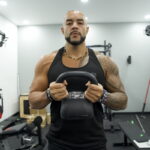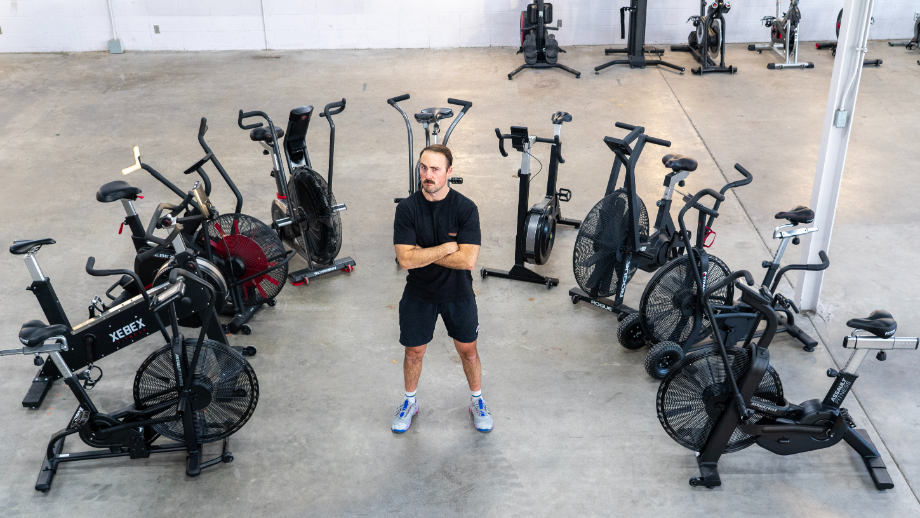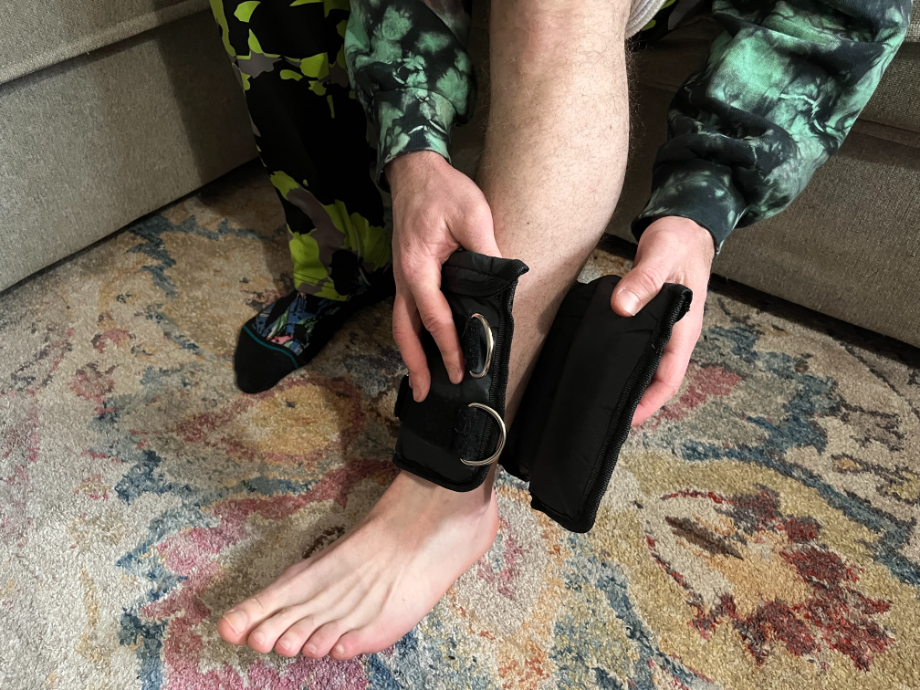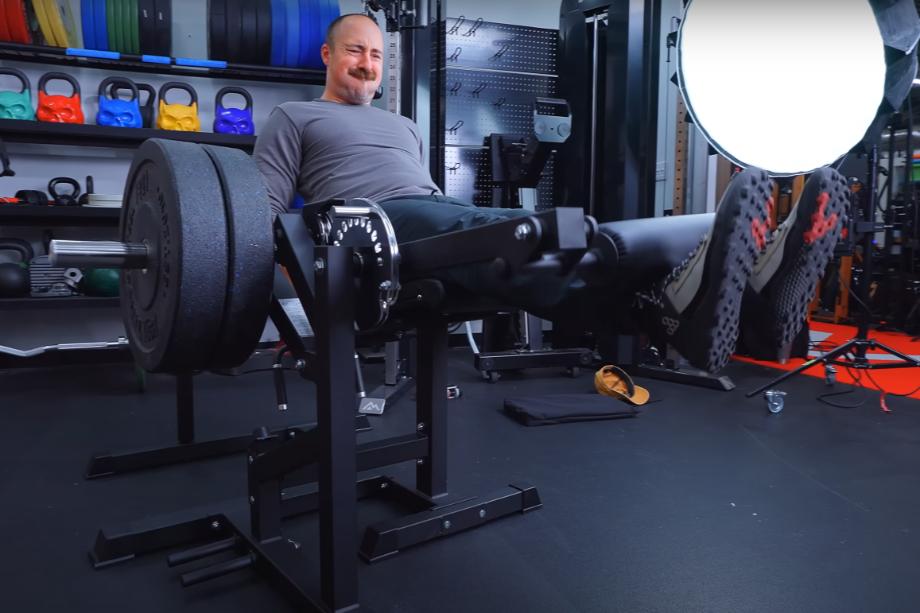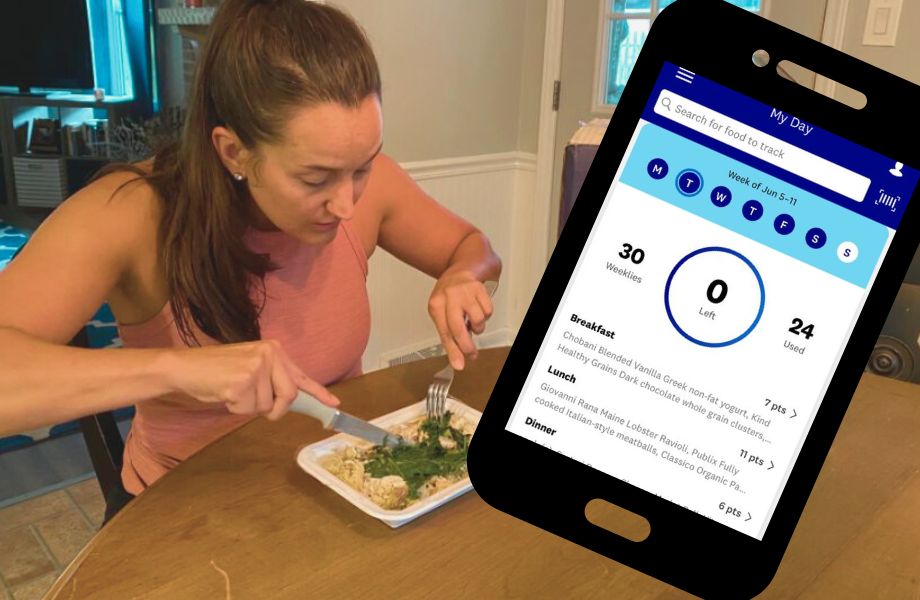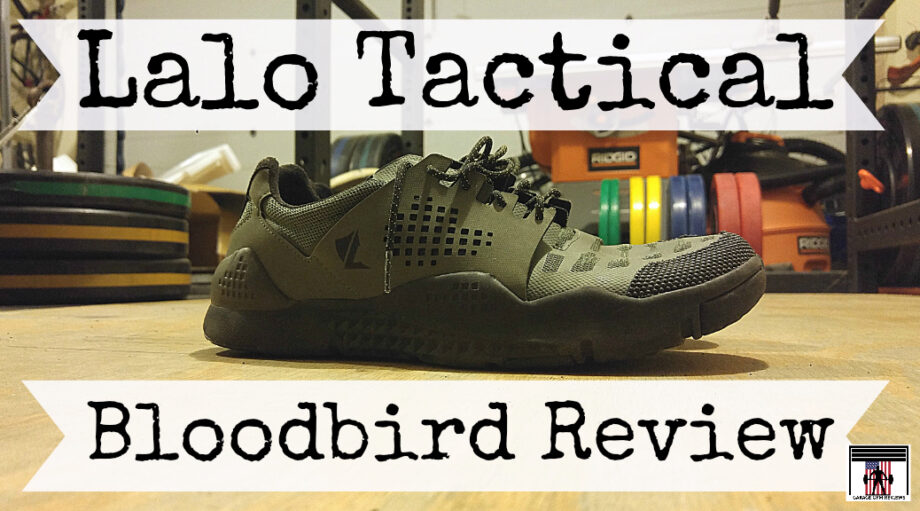Indoor and outdoor cycling, including riding a mountain bike, is a popular form of cardiovascular exercise. It’s low-impact, high-intensity, and burns a ton of calories. To the untrained observer, cycling might seem to work just the leg muscles, but like a lot of things, there is more than meets the eye.
Depending on the type of cycling, you can hit all the major muscle groups, including the upper body and core muscles. The upper body and core muscles play an important role in maintaining good posture, making sure of the smooth transfer of power from your legs to your feet during pedaling, and helping you balance on the bike.
RELATED: Best Budget Exercise Bikes
So what muscles does cycling work? As a certified personal trainer, I can tell you that it hits basically all your muscles, in some way. Let’s dive in.
Types of Muscle Contractions During Biking
Before we get into the muscles worked during bike riding, let’s take a look at three types of muscle contractions that happen when you cycle: concentric, eccentric, and isometric.
Isometric contractions happen when the muscles produce force but there is no change in the length of the contracting muscles. Your lower back remaining neutral while you’re bent over the handlebars is an example of an isometric contraction.
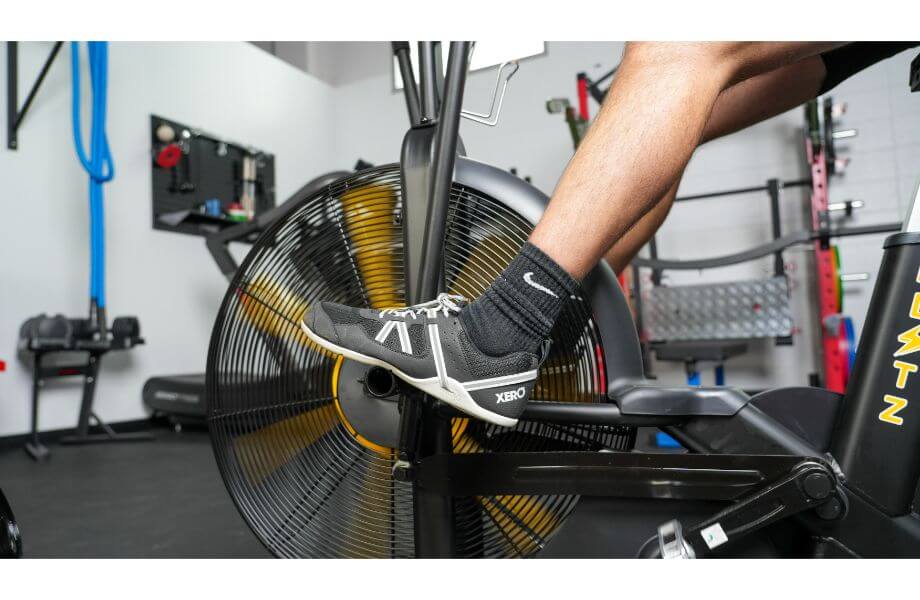
Concentric contractions happen when the force generated by the muscle overcomes the resistance, and the muscle shortens. The quadriceps muscles shortening as they push down during the pedal stroke is an example of a concentric contraction.
Eccentric contractions happen when the muscle lengthens while under tension due to an opposing force being greater than the force generated by the muscle. When the hamstrings lengthen as you push down on the pedal is an example of an eccentric contraction.
Muscles Worked During The Pedal Cycle
Now you know the lower body muscles used while biking. But what muscles are used and how during the pedal cycle? Here are the muscles worked during the pedal cycle. Note: Keep in mind that the up and downstrokes are happening at the same time on opposite sides.
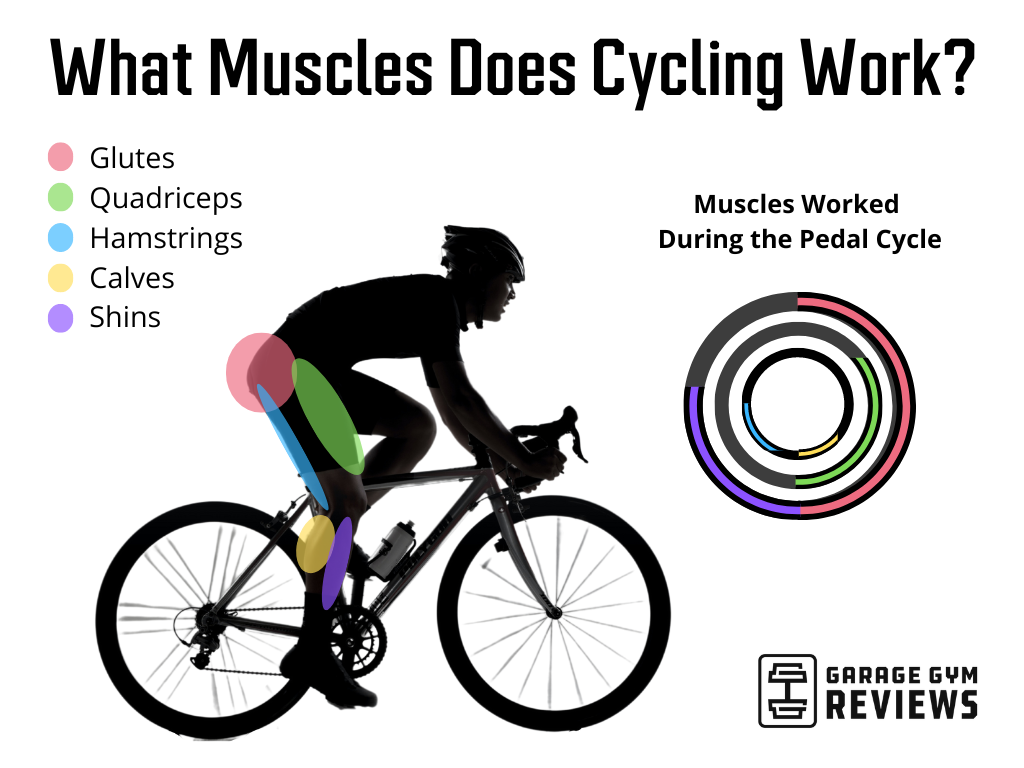
- Gluteus maximus: Your glutes are used to push down on the pedal.
- Hamstrings: These are used eccentrically to push down on the pedal and concentrically used during the upward pedal cycle.
- Quadriceps: These muscles, which are on the front of your thighs, are used for the downward power of the pedal stroke.
- Calves: Like the quadriceps, the calf muscles assist the quads in the downward power of the pedal stroke.
- Shin muscles: Your shins work in the upward part of the stroke by drawing your foot from an extended point at 6 o’clock (when the knee is extended) back up towards 9 o’clock (knee is flexed) during the pedal stroke.
RELATED: Best Commercial Exercise Bike
Lower-Body Muscles Worked
Pushing down on the pedals and standing up while pedaling on an exercise bike uses the following upper and lower leg muscles.
- Quadriceps: Concentric and eccentric
- Hamstrings: Eccentric and concentric, though mainly eccentric
- Hip flexors: Concentric and eccentric
- Gluteus maximus: All three muscles in your rear contract, but the glutes are mainly involved when you’re standing up to pedal
- Soleus and gastrocnemius (calf and shin muscles): Eccentric and concentric
Upper-Body Muscles Worked
You may not think you’re using much upper body when on a bike, because your arms don’t move much. However, those muscles still isometrically contract to keep your body in good position on a bike:
- Upper back: Works isometrically as you hold good posture
- Shoulders: Mostly work isometrically to keep the chest up
- Triceps: Work isometrically as you grip and move the handles
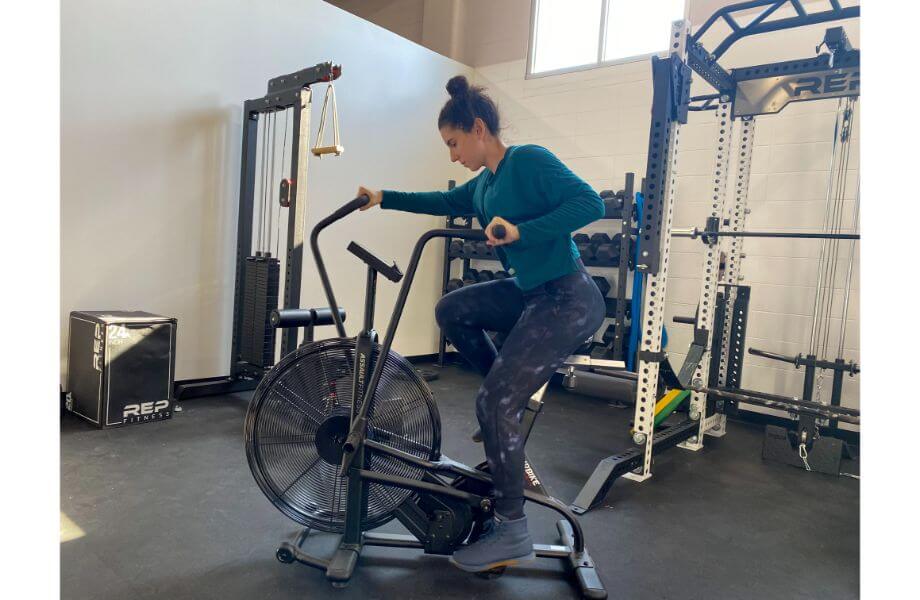
The air bike with its moving handles is an exception to this, because muscles contract concentrically and eccentrically. This stationary bike trains the bigger upper body muscles of the chest, shoulders, and upper back. Plus, arm muscles like the biceps and triceps are activated during the push-pull motion.
Core Muscles Worked
Biking is not the greatest core workout, but the core does works isometrically to keep your spine straight and to ensure the smooth transfer of power from your hips and glutes down to your feet. Here are the major abdominal muscles trained during biking.
- Erector spinae (lower back)
- Obliques
- Rectus abdominals
- Transverse abdominals
Would I call an exercise bike workout a core workout? No. But you do still need your core to stabilize you as you ride.
Do You Work More Muscles Cycling Indoors or Outdoors?
Indoor cycling, for the most part, is stationary. With outdoor cycling, you’re moving forward. This energy and effort from moving forward and being exposed to the elements take more out of you compared to indoor cycling.
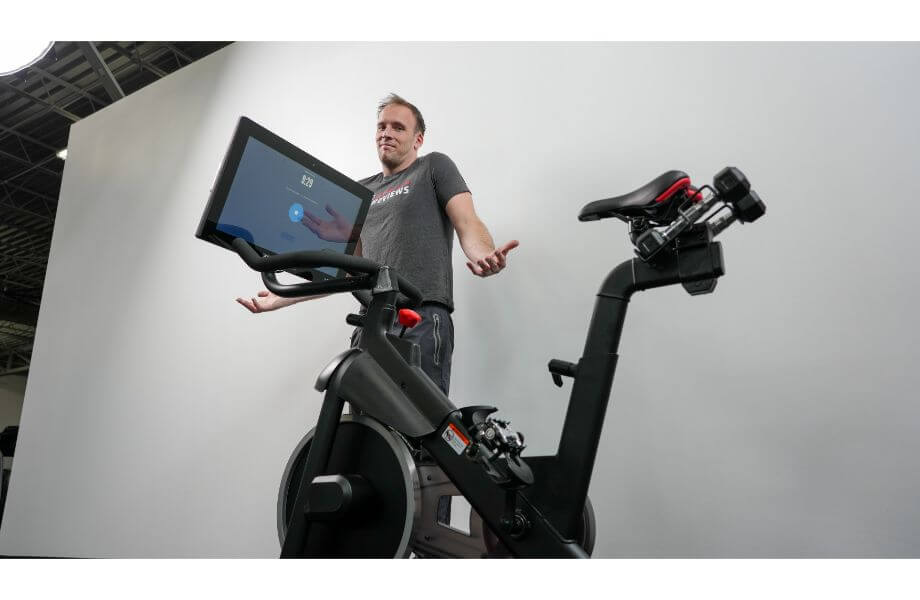
Outdoor cycling is more of a full-body workout because when you are cycling outdoors, you’re dealing with varying terrains and going from seated to standing to gain speed while climbing hills. You don’t always get that same effect while cycling indoors (though you can come close to it).
RELATED: Benefits of Indoor Cycling
Then there’s maintaining balance on the outdoor bike, which trains more of your body’s stabilizing (and core) muscles.
With indoor cycling, your primary muscles worked are the leg muscles: namely, the quads, hamstrings, and glutes. You still recruit core and upper body muscles, but not to the degree that you would cycling outdoors. Generally speaking, you will burn more calories and train more muscle by cycling outdoors when the time, distance, and intensity are the same.
RELATED: Indoor vs Outdoor Cycling
How to Strengthen Cycling Muscles
While some of the best cycling apps include strength training workouts, not all of them do. And if you’re not relying on a platform like Wahoo SYSTM or TrainerRoad for guidance, you may be wondering what type of resistance training protocol will help you become a more proficient pedaler.
It shouldn’t be a surprise that most of your weightlifting efforts should center around classic Leg Day staples like squats and lunges. However, those fundamental movement patterns are just part of the equation.
To make things as streamlined as possible, here are my three favorite exercises for each major body part or muscle group involved in cycling.
Quads
- Front squat: Targets your quads more than the traditional back squat while also engaging your core.
- Leg extension: Isolates your quads better than just about any other movement. Try a single-leg variation to enjoy the benefits of unilateral exercises.
- Step-up: Whether you hold a pair of the best dumbbells in each hand or just use your body weight, step-ups recruit all four quad muscles to help with knee extension.
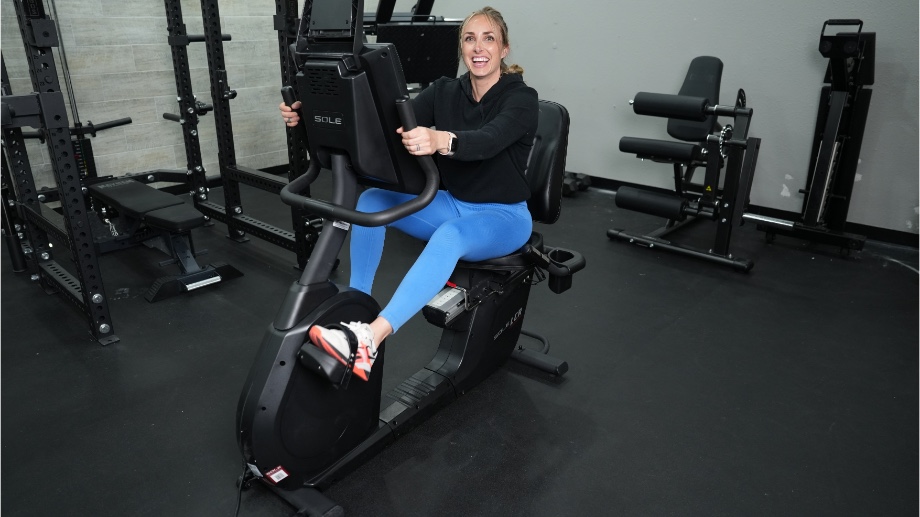
Hamstrings
- Romanian deadlift: The RDL targets your hamstrings and glutes better than a conventional deadlift.
- Leg curl machine: Depending on your gym, you may have access to a seated or prone (lying) leg curl machine. Either one effectively engages your hamstrings, challenging your muscular strength and endurance.
- Good morning: A core-strengthening movement that helps build a strong, stable posterior chain, good mornings are one of the best hamstring exercises that most gym-goers forget to pencil into their #LegDay routine.
Glutes
- Bulgarian split squat: Another unilateral exercise that can help identify imbalances or weaknesses, your first set of Bulgarian split squats will quickly humble you and your glutes.
- Hip thrust: Most of the best glute workouts feature the almighty hip thrust since it’s versatile and effective. While beginners can use resistance bands, advanced athletes can use a barbell and weight plates to strengthen their glutes, hamstrings, and core muscles one thrust at a time.
- Kettlebell swing: A full-body movement that can also enhance your cardiovascular fitness, kettlebell swings help strengthen all of your lower-body muscles. They’re an excellent posterior chain builder that also allows you to develop your hip-hinge mechanics.
RELATED: 13 Posterior Chain Exercises
Other Benefits of Cycling
Cycling is so much more than burning calories because it strengthens our muscles as well as our most important muscle, the heart. But there are important health benefits bikers should consider.
Great, Low-Impact Exercise
Cycling is still weight-bearing and will put some impact on your joints. But in comparison to other cardio modalities, like running on a treadmill, it is low-impact because your feet and joints don’t bear the full weight of your body. Therefore, it’s a great way to improve your cardiovascular fitness without your weight-bearing joints getting angry at you.
RELATED: Best Exercise Bikes with Virtual Courses
Improved Cardiovascular Health
A stronger heart from regular bike work moves more blood with less effort, which decreases the force on your arteries, which then lowers your blood pressure. And this improves cardiovascular endurance and health. Improved aerobic fitness that comes with regular cycling reduces the “bad” LDL cholesterol and raises your “good” HDL cholesterol. Both of these factors will improve your cardiovascular health.
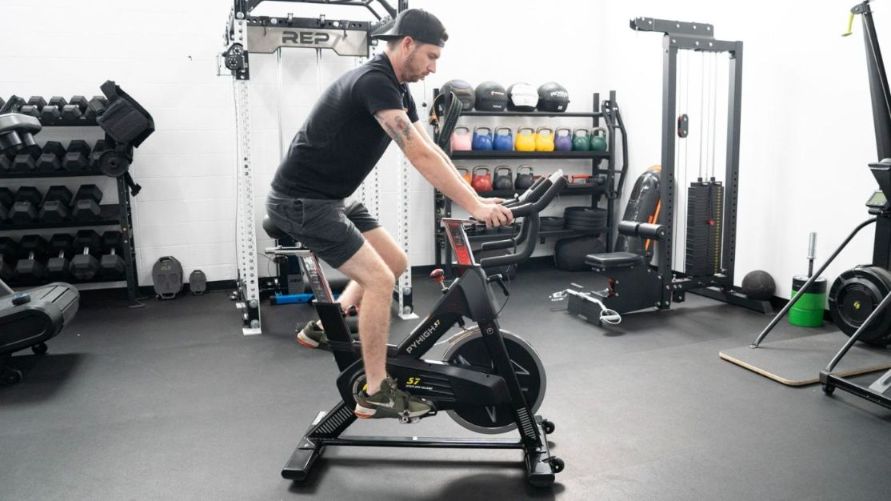
Decreased Stress and Improved Mental Health
Getting your heart rate up increases the volume of blood supply1 to certain brain regions, particularly the hippocampus. This improves your brain and mental health by improving the delivery of oxygen and other nutrients.
Cardio can reduce levels of your stress hormones, adrenaline, and cortisol by producing endorphins, which are the body’s natural painkillers and mood elevators. There are numerous studies linking exercise and improved mental health.
Burns Calories
It’s widely held that for every liter of oxygen you breathe in, you burn approximately five calories2. When you’re heavily breathing during your cycling workout, you’ll be burning lots of calories. Plus, you will increase demand for oxygen after you’re done. Excess post-oxygen consumption, or EPOC, is the amount of oxygen required to restore your body’s balance after a tough workout. And this is why you’ll continue to burn calories long after a workout.
Cycling Recovery
One of the biggest keys to sustained cycling success is knowing when you and your bike need to take a break. As much as you may look forward to strapping up the best cycling shoes and knocking out a long ride, both your body and your brain need the right balance of work and rest to function at their best.
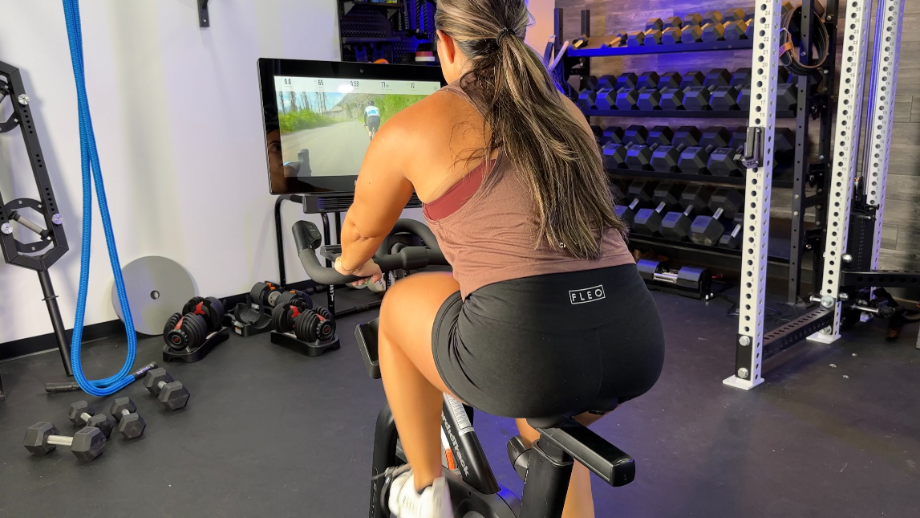
So, how can you support optimal muscle recovery? From foam roller exercises to yoga poses, these active recovery tips and tricks may be able to help you feel and perform well consistently.
- Invest in a foam roller so you can enjoy the benefits of myofascial release. While I can’t promise it won’t be a painful experience, foam rolling is one of my favorite ways to take care of my body, as it can help reduce tightness and alleviate muscle soreness.
- Incorporate dynamic stretching in your recovery routine to keep your hamstrings, quads, glutes, and calves limber and loose.
- Include a weekly yoga session in your workout plan to further enhance your mobility and flexibility. Pigeon pose, for example, is a great way to address tight hips—a common problem cyclists, lifters, and many other athletes face.
- Stay hydrated by drinking water before, during, and after your cycling session. Adding one of the best electrolyte powders to your bottle can help replenish key nutrients like magnesium, sodium, and potassium that you lose while sweating.
- Take at least one rest day per week to give your muscles at least 24 hours off. Use this time to meal prep, work on other projects, or just relax.
RELATED: Post-Workout Recovery Myths
What Muscles Does Cycling Work? Final Thoughts
Cycling works more than the legs. Depending on if you’re cycling in or outdoors, or using an air bike, the upper body and core are trained to varying degrees. Plus, the benefits of cycling are many including,
- Fat loss
- Stress reduction
- Improved mental health
- Joint-friendly
- Improves your cardiovascular health
There’s much more to cycling than burning calories and is a fantastic exercise to do whether indoors or outdoors. What are you waiting for? Get to pedaling.
RELATED: Can you lose weight on an exercise bike?
What Muscles Does Cycling Work? FAQs
Which body parts are toned by cycling?
The main muscles that are trained when cycling are the calf, hamstrings, quads, glutes, biceps, triceps, shoulders, and even the small muscles in your feet.
Does cycling tone your stomach?
Cycling is not a great ab workout per se, but when it’s your goal to lose fat and tone your stomach, cycling with a calorie deficit will help.
Does biking make your butt bigger?
Cycling will not make your butt bigger and will not build muscle there. But it may make it more defined because the cardiovascular benefits combined with a caloric deficit will help you lose fat from there.
Does cycling work your abs?
Yes, cycling works your abdominal muscles, as you must engage your core to stabilize your upper body. This is especially important when cycling out of the saddle.
References
- NICM, Western Sydney University. (2017, November 13). Exercise increases brain size, new research finds. ScienceDaily. Retrieved September 3, 2024 from www.sciencedaily.com/releases/2017/11/171113195024.htm
- Merritt, Edward K. Why is it so hard to lose fat? Because it has to get out through your nose! An exercise physiology laboratory on oxygen consumption, metabolism, and weight loss. Journal Article, 2021. Advances in Physiology Education. Pages 599-606, Volume 45. DOI 10.1152/advan.00006.2021



